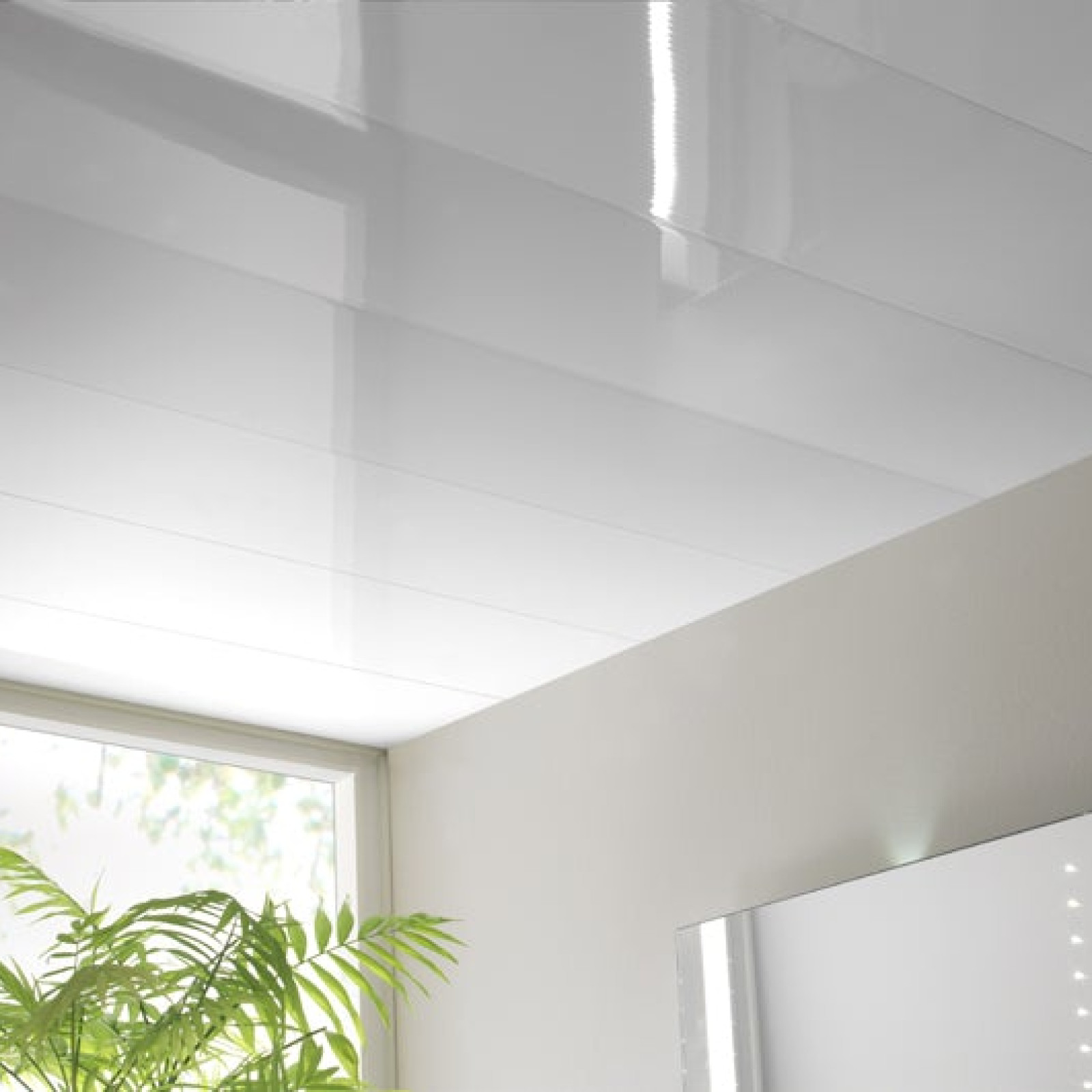In the ever-evolving landscape of construction and architecture, the quest for materials that combine strength with lightweight properties has become increasingly critical. As the demand for sustainable, efficient, and innovative building solutions rises, engineers and architects are exploring various materials that can meet these stringent requirements. This article delves into the characteristics of the lightest yet strongest building materials available today, examining their applications, benefits, and future potential.
Understanding Material Properties
To identify the lightest but strongest building materials, it is essential to understand the fundamental properties that define material performance. Two key metrics are often considered: strength-to-weight ratio and durability. The strength-to-weight ratio is a measure of how much load a material can bear relative to its weight, making it a critical factor in construction where minimizing weight can lead to reduced structural loads and enhanced efficiency.
Advanced Materials in Construction
- Carbon Fiber Reinforced Polymer (CFRP) Carbon fiber reinforced polymer is a composite material that has gained significant traction in the construction industry due to its remarkable strength-to-weight ratio. CFRP is approximately five times stronger than steel while being significantly lighter. Its applications range from reinforcing existing structures to being used in new construction projects, particularly in seismic zones where flexibility and strength are paramount. The lightweight nature of CFRP allows for easier handling and installation, reducing labor costs and time.
- Aerogel Often referred to as frozen smoke, aerogel is one of the lightest solid materials known, with a density that can be as low as 1 mg/cm³. Despite its lightweight nature, aerogel exhibits impressive compressive strength and thermal insulation properties. Its unique structure, composed of over 90% air, makes it an excellent candidate for applications requiring thermal resistance without adding significant weight. Aerogel is increasingly being used in high-performance insulation for buildings, contributing to energy efficiency and sustainability.
- Titanium Alloys Titanium alloys are renowned for their exceptional strength and corrosion resistance, making them ideal for applications in harsh environments. While titanium is heavier than some other materials, its strength-to-weight ratio is unmatched, allowing for thinner structures that maintain integrity under load. In modern architecture, titanium is often used in facades and roofing systems, providing both aesthetic appeal and structural performance.
- Bamboo Nature has long provided us with materials that exhibit remarkable properties, and bamboo is a prime example. Known for its tensile strength, bamboo can outperform many traditional building materials, including concrete and steel, when comparing strength-to-weight ratios. Its rapid growth and renewability make it a sustainable choice for construction. Architects are increasingly incorporating bamboo into their designs, utilizing its lightweight nature and strength for both structural and decorative elements.
- Graphene Graphene, a single layer of carbon atoms arranged in a two-dimensional lattice, is heralded as a revolutionary material in various fields, including construction. It boasts an extraordinary tensile strength and is incredibly lightweight, making it a potential game-changer for future building materials. While still in the research and development phase for large-scale applications, graphene's ability to enhance the properties of existing materials could lead to the creation of composites that are both lightweight and exceptionally strong.
The Future of Lightweight Building Materials
The construction industry is at a pivotal point where the integration of advanced materials is not just an option but a necessity for sustainable development. As urbanization continues to rise, the need for efficient, durable, and lightweight materials will only grow. Innovations in material science, such as 3D printing and nanotechnology, are paving the way for the development of new composites that could redefine the standards of strength and weight in construction.
Conclusion
In conclusion, the search for the lightest yet strongest building materials is a dynamic field that encompasses a variety of innovative options. From carbon fiber reinforced polymers to the natural resilience of bamboo, each material offers unique advantages that can be leveraged in modern construction. As we continue to explore and develop these materials, the future of architecture and engineering looks promising, with the potential for creating structures that are not only strong and lightweight but also sustainable and environmentally friendly. Embracing these advancements will be crucial in addressing the challenges of contemporary construction and ensuring a resilient future.

